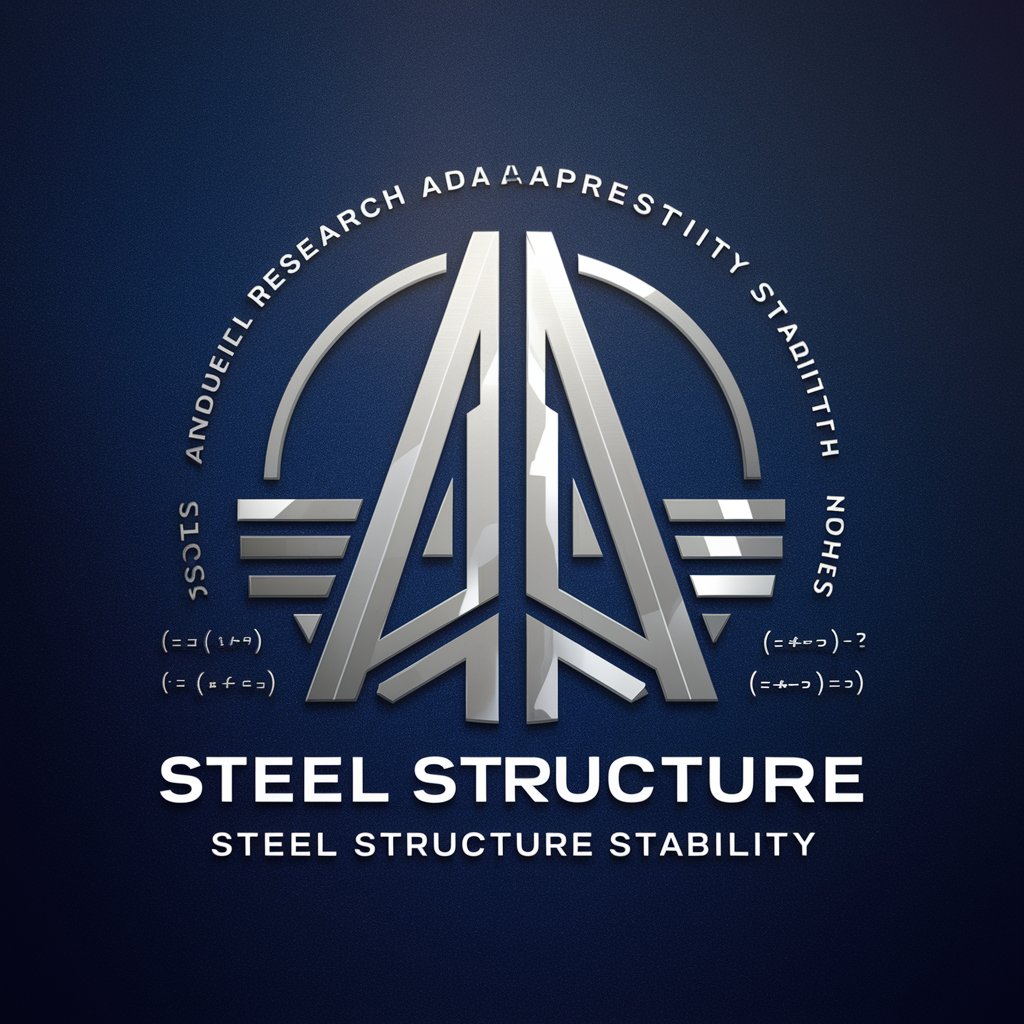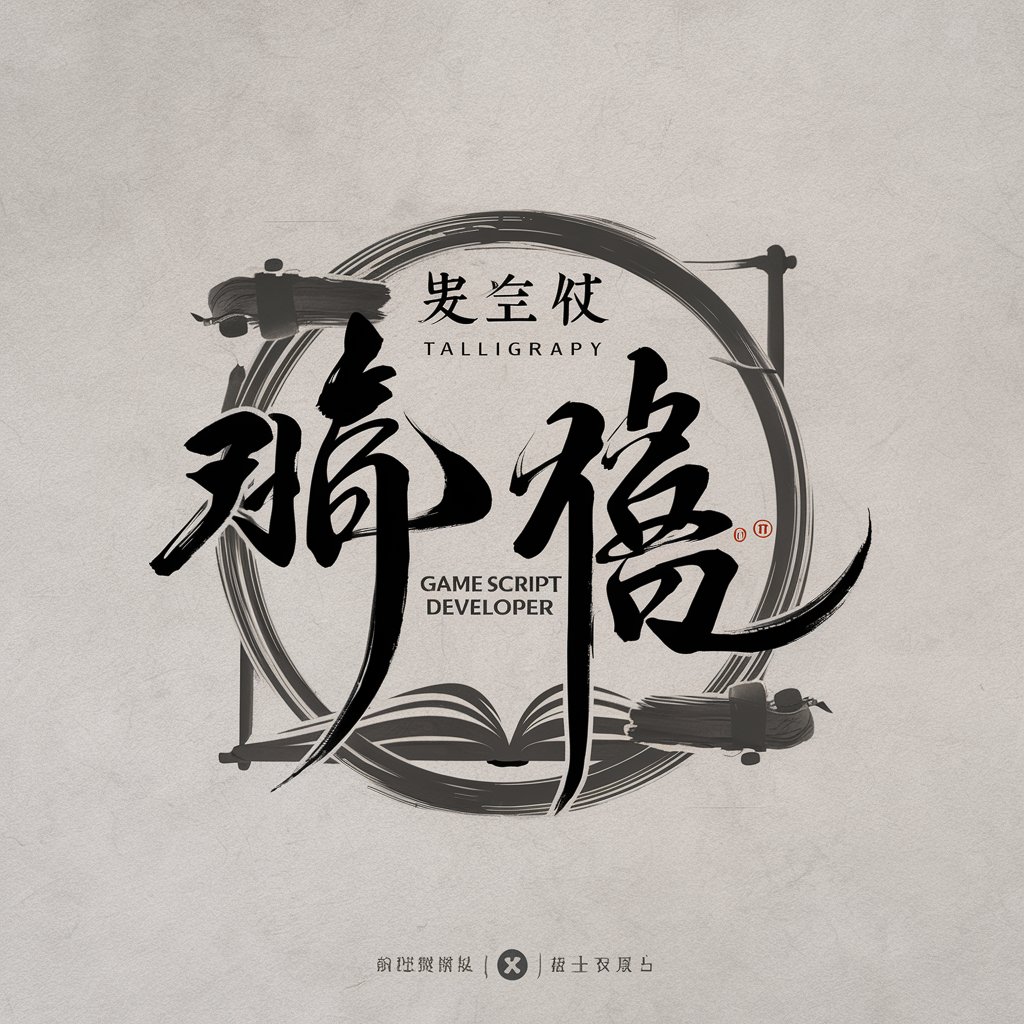钢结构稳定性研究 - Comprehensive Stability Analysis

Welcome to the world of steel structure stability research.
Empowering Structural Insights with AI
Analyze the impact of initial imperfections on the stability of steel columns under axial compression.
Discuss the methods for assessing the stability of steel beams in large-span structures.
Evaluate the significance of residual stresses in the stability analysis of welded steel structures.
Investigate the effects of geometric nonlinearities on the buckling behavior of steel frames.
Get Embed Code
Introduction to 钢结构稳定性研究
钢结构稳定性研究, or the study of the stability of steel structures, focuses on the analysis, understanding, and enhancement of the stability characteristics of steel constructions. This field involves examining the behavior of steel structures under various loads and conditions, identifying potential instabilities, and proposing solutions to mitigate such risks. It encompasses both theoretical and applied research, incorporating aspects of material science, structural engineering, and construction technology. For instance, in designing a skyscraper, 钢结构稳定性研究 would involve assessing the building's ability to withstand wind loads without experiencing lateral torsional buckling or column failure. Powered by ChatGPT-4o。

Main Functions of 钢结构稳定性研究
Analysis of Initial Imperfections
Example
Evaluating the impact of fabrication errors on a bridge's stability.
Scenario
Before the construction of a steel bridge, a detailed analysis is performed to understand how initial imperfections in the steel members, such as residual stresses and geometric inaccuracies, could affect the overall stability of the structure. This helps in designing corrective measures or reinforcements.
Load and Stability Assessment
Example
Determining a building's capacity to bear unexpected loads.
Scenario
For a multi-story steel-framed building, this function involves calculating the maximum load each floor can support without risking the building's structural integrity. This includes considering various load types, such as live loads, dead loads, and environmental influences.
Mitigation of Instability Risks
Example
Designing countermeasures for a warehouse prone to buckling.
Scenario
In the case of a large steel-structured warehouse that shows a risk of buckling under snow loads, measures such as increasing the thickness of steel plates or adding bracing members are designed to enhance the structure's stability.
Ideal Users of 钢结构稳定性研究 Services
Structural Engineers
Professionals involved in designing and analyzing building structures, who require in-depth knowledge of steel behavior under various conditions to ensure safety and compliance with building codes.
Construction Managers
Individuals responsible for overseeing the construction of steel structures, who benefit from understanding stability considerations to manage timelines, materials, and labor more effectively.
Academic Researchers
Scholars and students in civil engineering and related fields, who explore advanced concepts in structural stability and develop innovative solutions to complex engineering problems.
Policy Makers and Building Inspectors
Authorities in charge of setting building standards and ensuring structures meet safety requirements, who use insights from stability studies to inform regulations and inspection practices.

Using Steel Structure Stability Research Tool
1
Begin by accessing a free trial at yeschat.ai, with no requirement for a login or subscription to ChatGPT Plus.
2
Identify the specific aspect of steel structure stability you are interested in, such as initial imperfections, load capacity, or vibration analysis.
3
Utilize the tool to input the parameters of your steel structure, including geometry, material properties, and applied loads or constraints.
4
Analyze the results provided by the tool, which may include critical load factors, mode shapes, and recommendations for improving stability.
5
Apply the findings from the tool to optimize your steel structure design or research, ensuring greater safety and efficiency.
Try other advanced and practical GPTs
金融分析师
AI-Powered Financial Expertise at Your Fingertips

卜卦大师
Unlock ancient wisdom for modern guidance

视频转绘镜头提词
Crafting Stories from Images, Powered by AI

心灵导航者
Empowering Connections Through AI

Viral 文侠
Crafting Virality with AI Power

大侠立志传
Empower Your Narratives with AI

八卦洞见
Unveiling Wisdom with AI Power

采文姬
Empowering your academic journey with AI.

文采臣
Empowering your words with AI

喵咪对话器
Chat, play, and relax with AI-powered cat conversations.

喵语陪伴
Your Friendly AI-Powered Cat Companion

咪普利老师
AI-Powered Personal Fitness Coach

Q&A on Steel Structure Stability Research
What is the primary focus of steel structure stability research?
The primary focus is on analyzing and improving the stability of steel structures by understanding how various factors like initial imperfections, load conditions, and material properties affect their behavior.
How can this tool help in academic research?
It offers a comprehensive platform for simulating and analyzing the stability of steel structures, providing valuable insights for academic papers or thesis work on structural engineering topics.
Can this tool be used for professional projects?
Yes, professionals in the field of structural engineering can use it to design safer and more efficient structures by accurately assessing stability concerns.
What are the prerequisites for using this tool?
Users should have a basic understanding of structural engineering principles, familiarity with steel structures, and the specific parameters of the structure they wish to analyze.
Are there any tips for optimizing the use of this tool?
To optimize usage, clearly define the scope of your analysis, input accurate and comprehensive data, and utilize the tool's advanced features for in-depth analysis.
